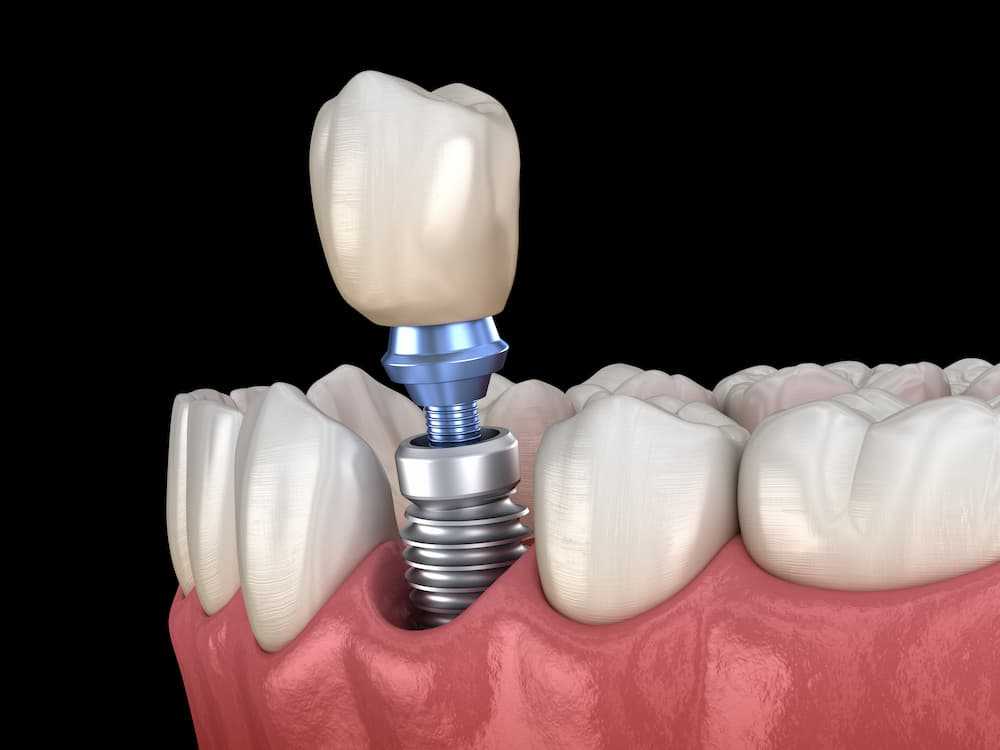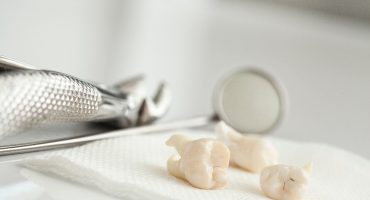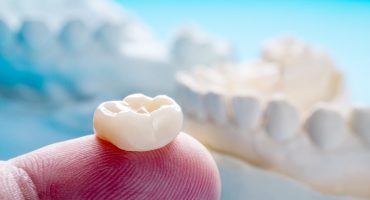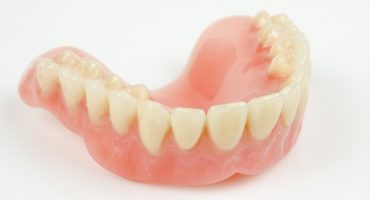The company CAMLOG is one of the leading manufacturers in the field of implantology and produces dentures for the highest demands. In Wimsheim near Stuttgart, both complete systems and individual, implant-supported dental prosthesis products are manufactured. Furthermore, CAMLOG is an important provider of advanced training in central implantology and offers internships with experienced medical specialists.
The successes in the field of implantology are also attributable to the intensive research activity for which Basel CAMLOG Biotechnologies AG is responsible. In addition to dental implants, we also develop accessories and medical equipment for implantology.
The CAMLOG quality management system is certified according to EN / ISO 13485, EN ISO 9001 and the EU Directive 93/42 / EEC for medical devices. The company is also exemplary in terms of environmental awareness. It uses the exhaust air from production for heat recovery.




